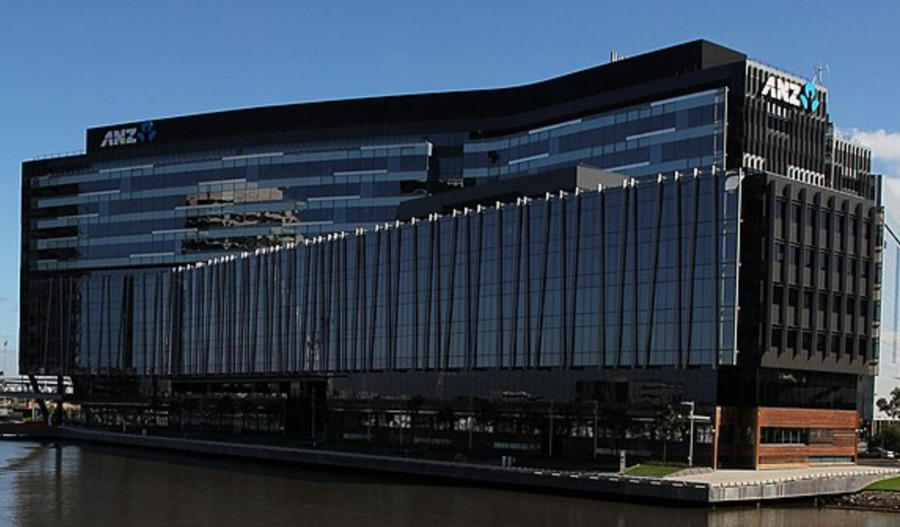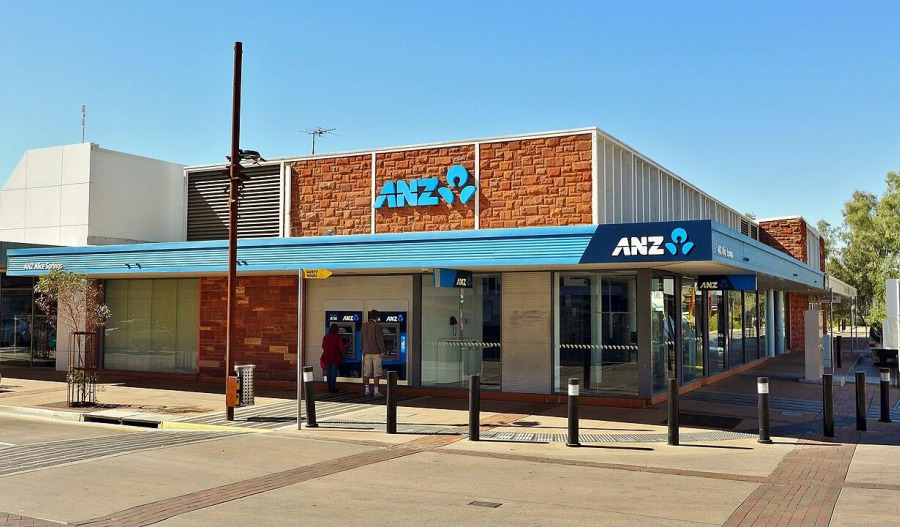With the dust now settling on the investor briefing strategy update that ANZ Bank (ASX: ANZ) provided the market yesterday, the fix is as good as in on what the market and analysts expect from the big-four bank, at least in the short term.
At first blush, the market’s initial response to CEO Nuno Matos’ back-to-basics approach - favouring lending through the bank’s own digital channels and major job cuts - was good, with the share price moving from $34.58 at open to $35.98 at the close.
Part of Matos’ big brave call is that by cancelling its $800 million buyback, robust cost cutting, accelerating the integration of the Suncorp banking division - and hiring a slew of new business and mortgage bankers - ANZ can eventually operate as efficiently and as profitably as bigger rival Commonwealth Bank (ASX: CBA).
However, the stock struggled to remain in positive territory on Tuesday with some analysts tempering their high regard for ANZ’s 2030 update - and the level of detail - with scepticism over the bank’s ability to fully execute it.
Robust call
What captured the market’s initial excitement yesterday were the bank’s plans to target for return on tangible equity - a measure of profitability - of 12% by the FY28 and 13% by 2030, up from 10.2% posted in its first half of FY25.
Equally robust, the bank is also targeting a cost-to-income ratio in the mid-40% range by the 2028 financial year, sustained through to 2030, compared to 52% posted at the end of March.
As part of its first phase of strategic reset, ANZ expects to deliver $800 million of cost out in FY26 and also expects to nearly double Suncorp's synergies to $500 million.
The bank has also flagged 3500 layoffs, which alone are expected cut $543 million in costs.
Are targets achievable?
However, having raised significant questions about whether ANZ’s robust plans can be achieved, Macquarie’s revised price target of $34.00, down from $33.00, suggests potential downside from current trading levels.
Macquarie was quick to give the ANZ props for going "all in" – without the typical caveats - indicating that the full impact of cost savings will come through the P&L.
But in light of potential revenue underperformance, relative to renewed market expectations, the broker is flagging market share losses.
“While ANZ may have more ‘fat’ to start with, we believe aggressive cost-out programs have many challenges,” the broker notes.
However, while the ANZ is likely to fall short of its mid-40s cost-to-income ratio (CTI) and 12-13% return on net tangible assets (RoNTA) targets, the broker reminds the market that even a partial delivery of cost targets may provide sound upside.
Costs and revenue
But that said, Macquarie made it clear the jury remains out on whether the bank can achieve what no other bank has done: materially outperform peers on both costs and revenue to boot.
Overall, in response to the strategy update, the broker retains its neutral rating, while the price target of $34.00 implies potential downside of 5% from current levels.
But in spite of execution risks, Macquarie expects investors to give ANZ the benefit of the doubt for now.
Trading at ~15x P/E and 1.3x P/NTA, which balances execution risks and the potential upside of improving returns vs peers at 19-27x P/E and 1.8-3.5x P/B, the broker sees relative value in ANZ.
However, Macquarie is by no means alone in its scepticism over the bank’s robust plans.
Concern is more widespread
Goldman Sachs echoes similar concerns over the full execution of the bank’s strategy, and due to a myriad of challenges, expects profits to be $1 billion below targets by 2028.
Meantime, ANZ – which holds the smallest share of home mortgages among the big four banks, with 13.5% – expects the recently acquired Suncorp’s banking division to boost its share of mortgages.
However, the broker expects revenue to only grow by 2.6% – below ANZ’s expected 4% – with some Suncorp Bank customers opting to switch banks after the merger.
“There is likely to be a competitive response from its major bank peers in respect to product pricing, customer offering and efficiency, as well as attracting and retaining key talent,” said Goldman Sachs.
To reach its targets, ANZ would need to grow its share of mortgage market revenue from 21.7% to 23.5% by 2028 - something brokers and fund managers alike deem to be unrealistic.
Meanwhile, given that the ANZ doesn’t appear to have ‘market leading, differentiated and superior propositions’ for customers, JPMorgan believes the bank will struggle to outperform the market in retail and business banking.
Margin pressure
With the ANZ unlikely to grow mortgage volumes above the average of the banking system this financial year, JPMorgan suspects the bank will need to increase savings account rates to attract depositors, hence putting pressure on margins.
While ANZ has underperformed CBA and Westpac (ASX: WBC) over the last 12 months, its share price has significantly outperformed its three big-four peers over the last month.
ANZ Bank has a market cap of $107.7 billion; the share price is up 25% year to date and up 8.2% over the past month – while CBA, Westpac and NAB (ASX: NAB) are down 3.2%, 0.23% and 1.79% respectively.
The stock is in a strong bullish trend, confirmed by multiple indicators.
Consensus is Hold.
This article does not constitute financial or product advice. You should consider independent advice before making financial decisions.



